Divorce By Grand Canyon: 8 Riveting True Crime Stories
by Elizabeth Engstrom
Genre: Crime Thriller, Suspense
Christian Longo.
Jeremy Bryan Jones.
Joel Patrick Courtney.
Patrick Wayne Kearney.
Russell Obremski.
Robert Spangler.
Gabriel Morris.
Jeremy Bryan Jones.
Joel Patrick Courtney.
Patrick Wayne Kearney.
Russell Obremski.
Robert Spangler.
Gabriel Morris.
Killers all.
Veteran author Elizabeth Engstrom dives into the horrific stories of these seven serial killers, along with a
glimpse into the maggoty world of forensic entomology. Why do these killers do what they do, how do
they get away with it for so long, and what is their final undoing? Riveting true crime stories to make you
lock your doors at night.
Elizabeth (Liz) Engstrom grew up in Park Ridge, Illinois (a Chicago suburb where she lived with her
father) and Kaysville, Utah (north of Salt Lake City, where she lived with her mother). After graduating
from high school in Illinois, she ventured west in a serious search for acceptable weather, eventually
settling in Honolulu. She attended college and worked as an advertising copywriter.
After eight years on Oahu, she moved to Maui, found a business partner and opened an advertising
agency. One husband, two children and five years later, she sold the agency to her partner and had
enough seed money to try her hand at full time fiction writing, her lifelong dream. With the help of her
mentor, science fiction great Theodore Sturgeon, When Darkness Loves Us was published.
Engstrom moved to Eugene, Oregon in 1986, where she lives with her husband Al Cratty, the legendary
muskie fisherman, and their Duck Tolling Retriever, Jook. Liz holds a BA in English Literature and
Creative Writing and a Master of Arts in Applied Theology, both from Marylhurst University. A recluse at
heart, she still emerges into public occasionally to speak at a writers conference, or to teach a class on
various aspects of writing the novel, essay, article or short story. An avid knitter and gardener, she is on
faculty at the University of Phoenix and is always working on the next book.
GUEST POST
I’m an avid knitter and gardener. When I finish work for the day, I
try to find something quiet to do so I can think about what I just
wrote (and how I’m going to change it in the morning), and what my
next day’s writing looks like. Knitting and gardening are both
perfect for that type of reflection.
My fiction-writing process is this: I
know three things about a book before I start: 1. I have an
interesting character. 2. I have an interesting setting. 3. I have an
interesting problem. Fiction is all about conflict, and the conflict
needs to be unusual.
Then I figure out my ending. I always
know the ending first. If I can’t find the ending, I look for it in
the beginning, as good fiction is circular in nature; the ending
echoes the beginning. Likewise, if I can’t find the beginning, I
look for it in the ending.
I don’t outline, as such. I know the
signposts along the way, and I write toward them, one after another.
There are certain aspects to the way humans like their stories told
in the three-act structure. Handouts on this are available on my
website, www.elizabethengstrom.com
Then I write, start to finish. I never
go back, except for the previous day’s work, to tune it up a bit. I
keep a legal pad of changes I want to make in the second draft. I
write straight through to the ending. Then I give it two weeks to
“cool”, give it a read, make copious notes, and then write a
second draft. Then cool for two weeks, then a third draft. Cool again
for two weeks and give it a polish and send it out.
This is the process that has worked
well for me over the years. It’s not everybody’s process, as
there are as many ways to write a novel as there are writers. But if
you don’t have a way, you might try this way, and then tweak it
until you find your own way.
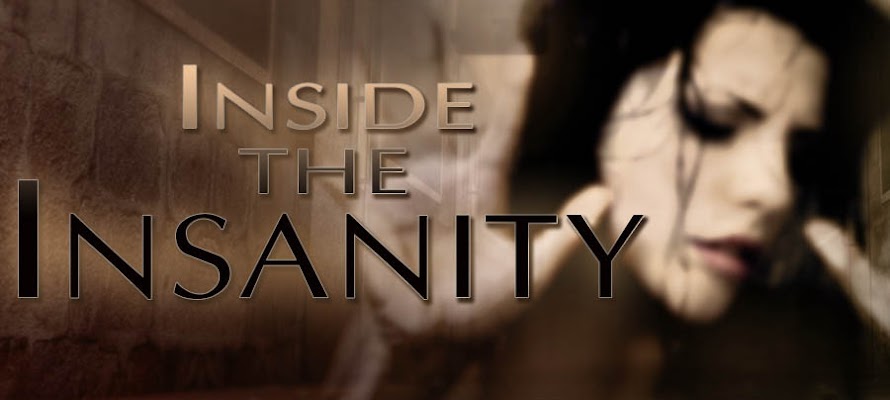
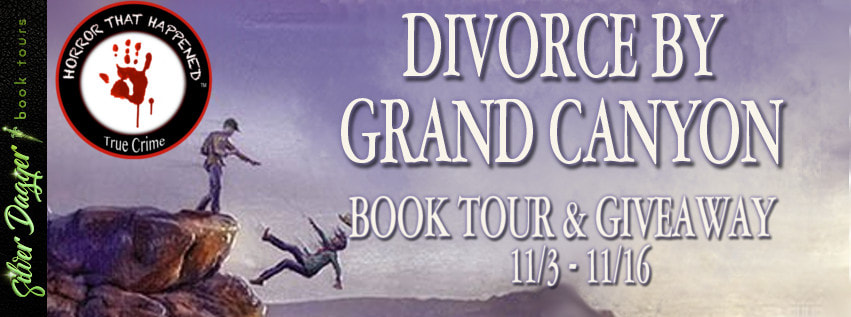
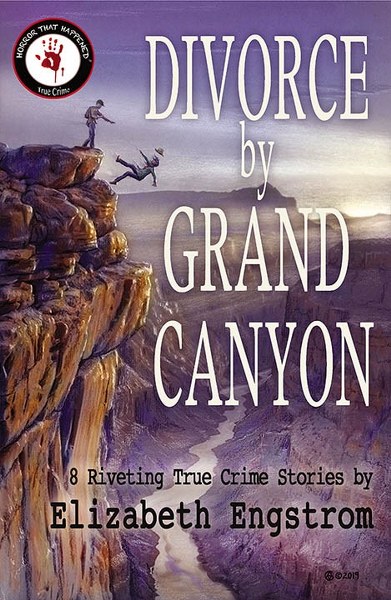


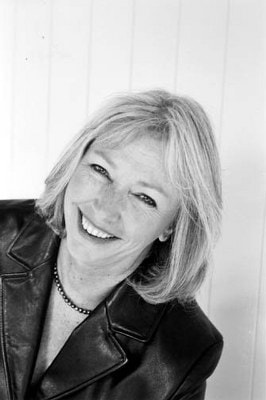

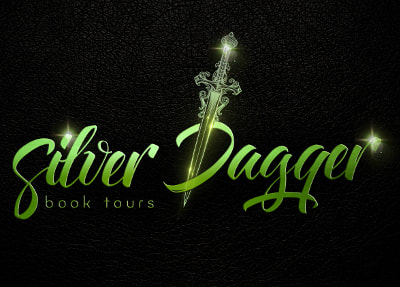
No comments:
Post a Comment